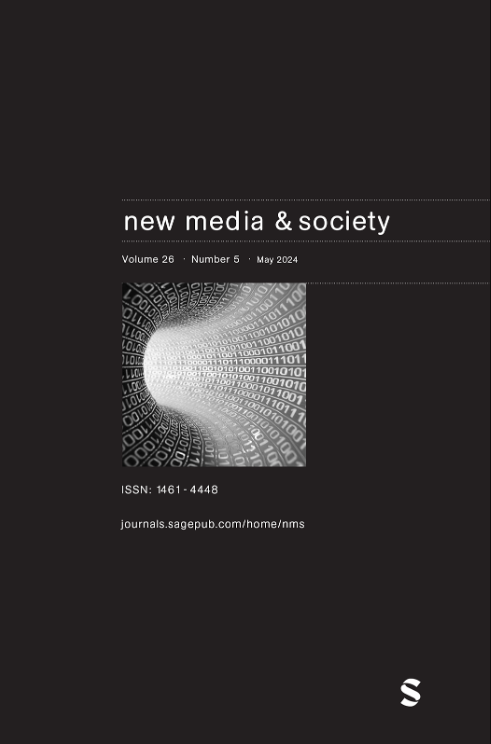让一切都可以计数:数字孪生范式
IF 4.3
1区 文学
Q1 COMMUNICATION
引用次数: 0
摘要
这篇社论探讨了数字孪生作为一种决策实践的认识论和媒体理论意义。数字孪生旨在基于传感器数据,结合生成式人工智能、云计算和物联网架构来计算未来;它们塑造了机构决策,并被用来使这些决策负责。为了说明这一点,我们将物流、运输和军事部门的例子与早期的模拟进行对比,并将其描述为“现象技术”。我们认为,数字双胞胎是技术官僚范式的最新表现,其特征是必须使一切世俗的“计数”,在数字环境中实时数据化和建模,以便未来预测。因此,数字双胞胎是人类、机器、环境和算法之间反馈循环网络中的行为代理。本文最后概述了这一特殊问题,将数字双胞胎置于媒体的现象学背景中,这些媒体无缝地同时具有逻辑性、空间性和变革性。本文章由计算机程序翻译,如有差异,请以英文原文为准。
Making everything ac-count-able: The digital twinning paradigm
This editorial investigates the epistemic and media-theoretical significance of digital twinning as a decision-making practice. Digital twins purport to calculate futures based on sensor data in conjunction with generative AI, cloud computing, and Internet-of-things architectures; they shape institutional decisions and are used to make such decisions accountable. To illustrate this, examples from the logistics, transportation, and military sectors are contrasted to earlier simulations and described as “phenomenotechniques.” We argue that digital twins are recent expressions of a technocratic paradigm characterized by the imperative to make everything worldly “count,” datafying and modeling it within digital environments in real time for future predictions. Digital twins are thus performative agents in a network of feedback loops between humans, machines, environments, and algorithms. This article concludes with an overview of the special issue, placing digital twins in the phenomenological context of media that are seamlessly and simultaneously logistical, spatial, and transformative.
求助全文
通过发布文献求助,成功后即可免费获取论文全文。
去求助
来源期刊

New Media & Society
COMMUNICATION-
CiteScore
12.70
自引率
8.00%
发文量
274
期刊介绍:
New Media & Society engages in critical discussions of the key issues arising from the scale and speed of new media development, drawing on a wide range of disciplinary perspectives and on both theoretical and empirical research. The journal includes contributions on: -the individual and the social, the cultural and the political dimensions of new media -the global and local dimensions of the relationship between media and social change -contemporary as well as historical developments -the implications and impacts of, as well as the determinants and obstacles to, media change the relationship between theory, policy and practice.
 求助内容:
求助内容: 应助结果提醒方式:
应助结果提醒方式:


